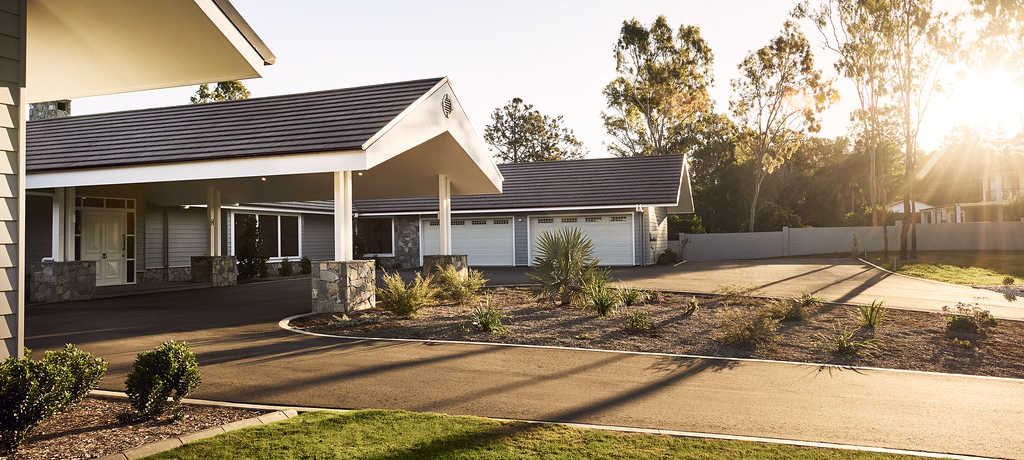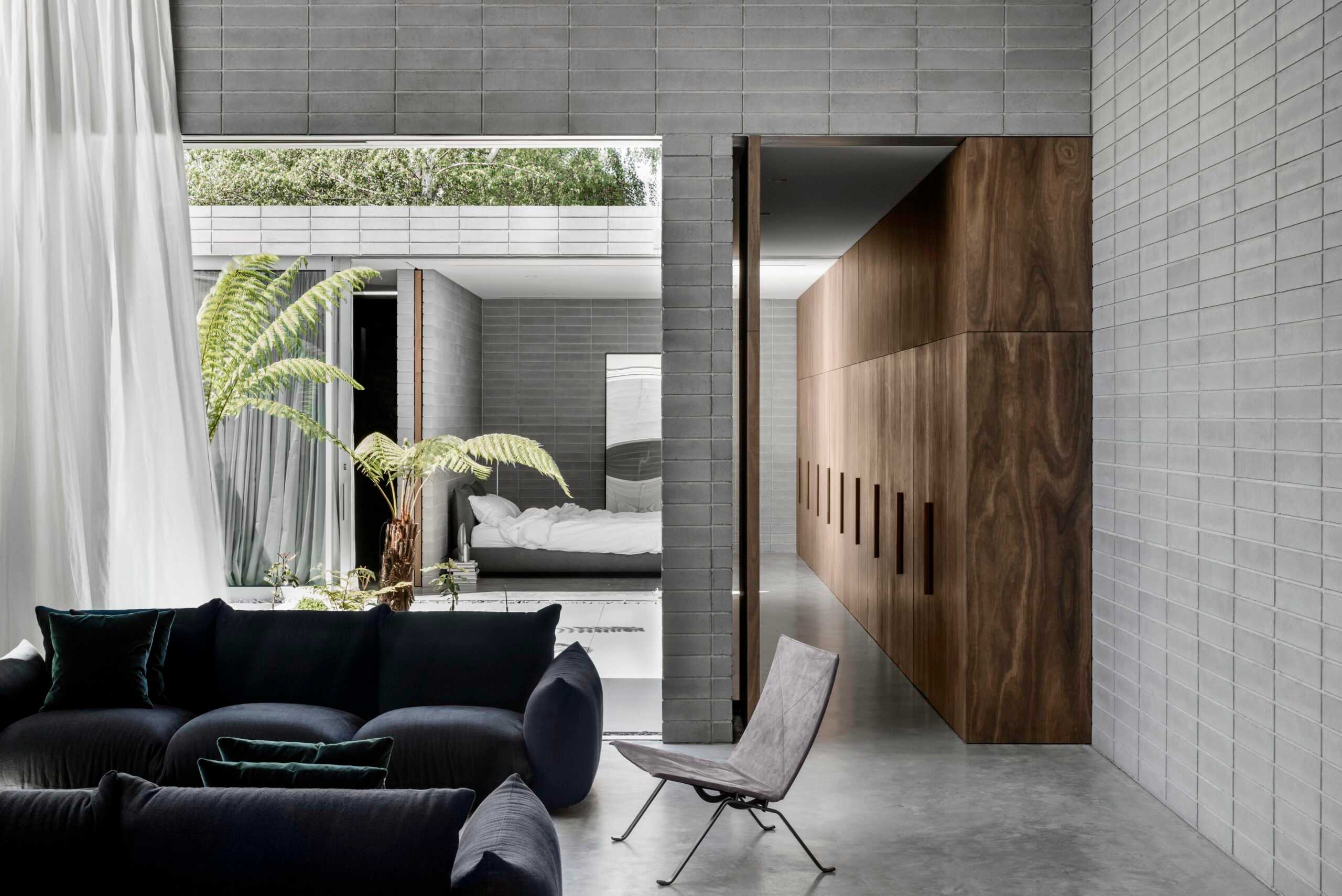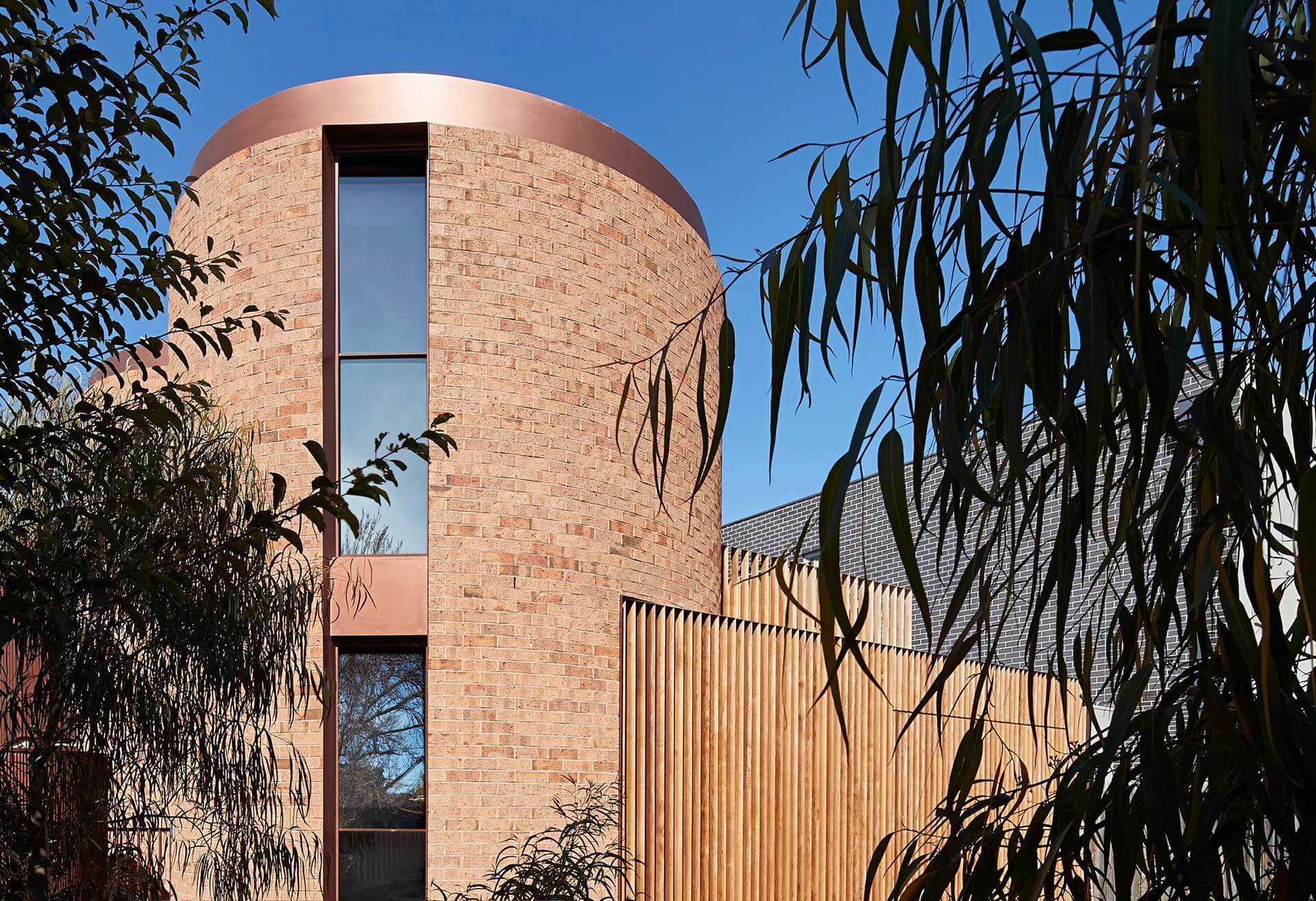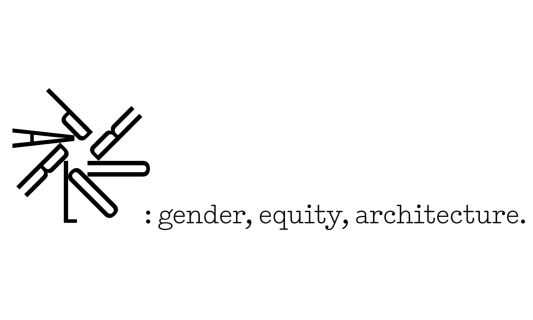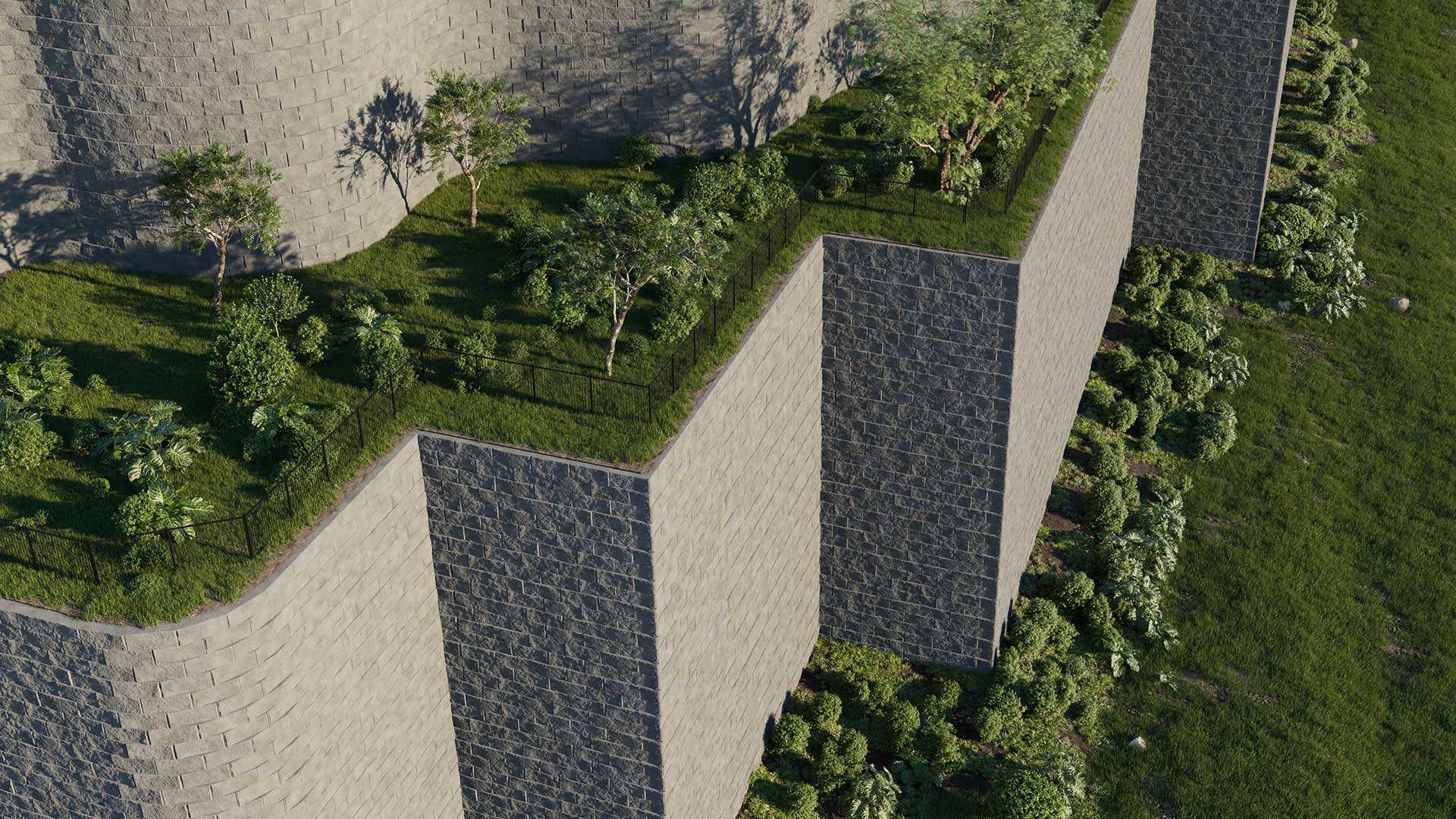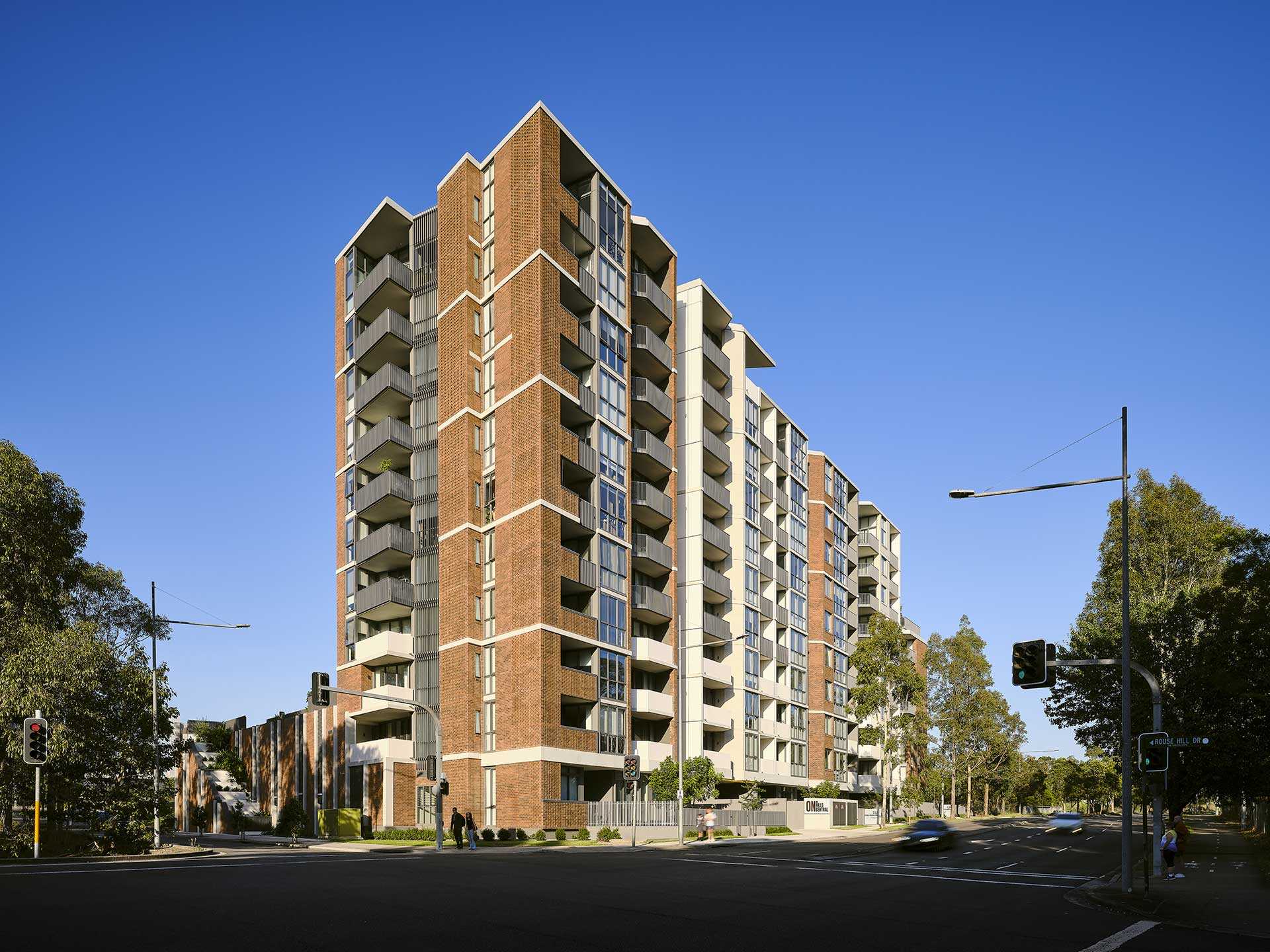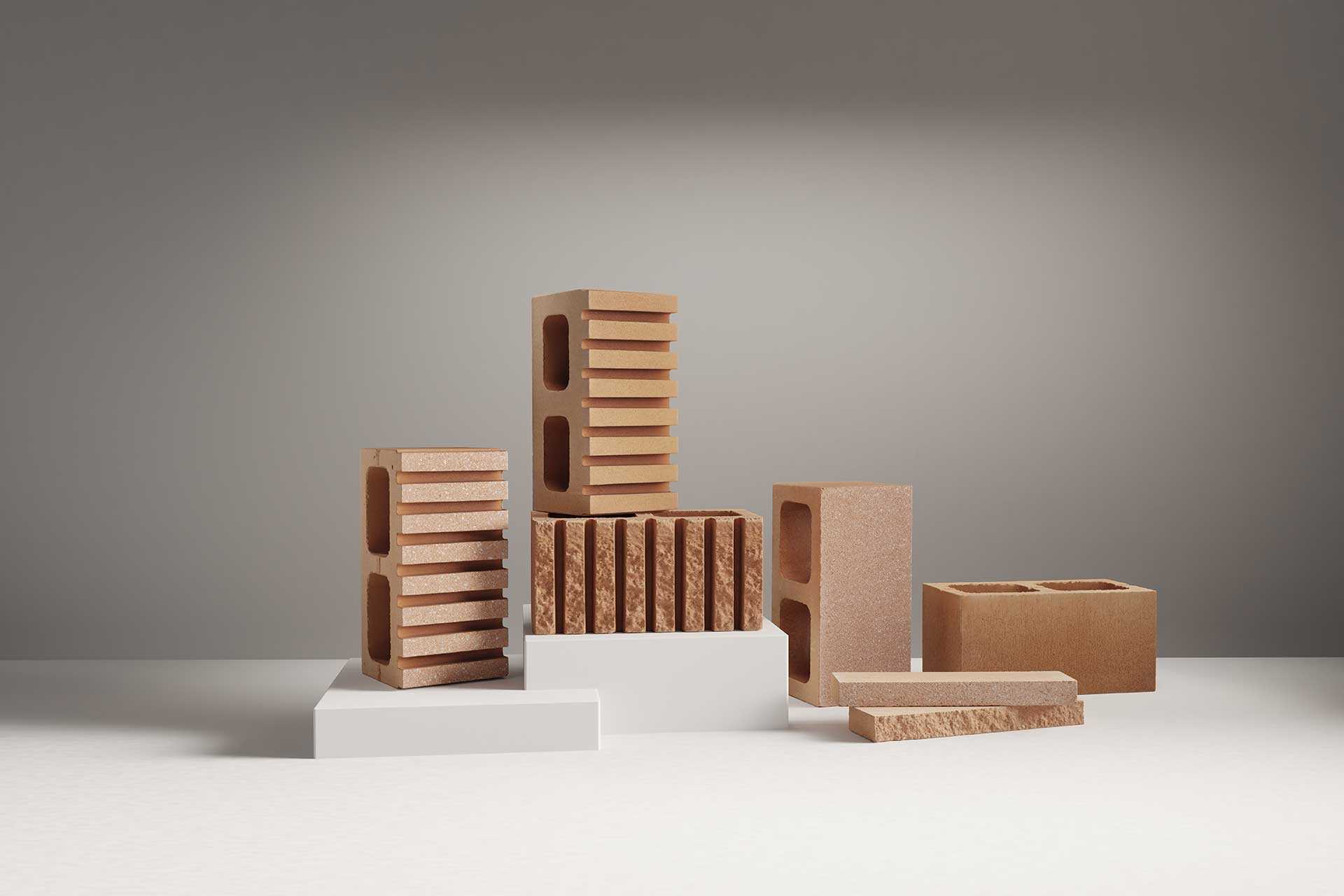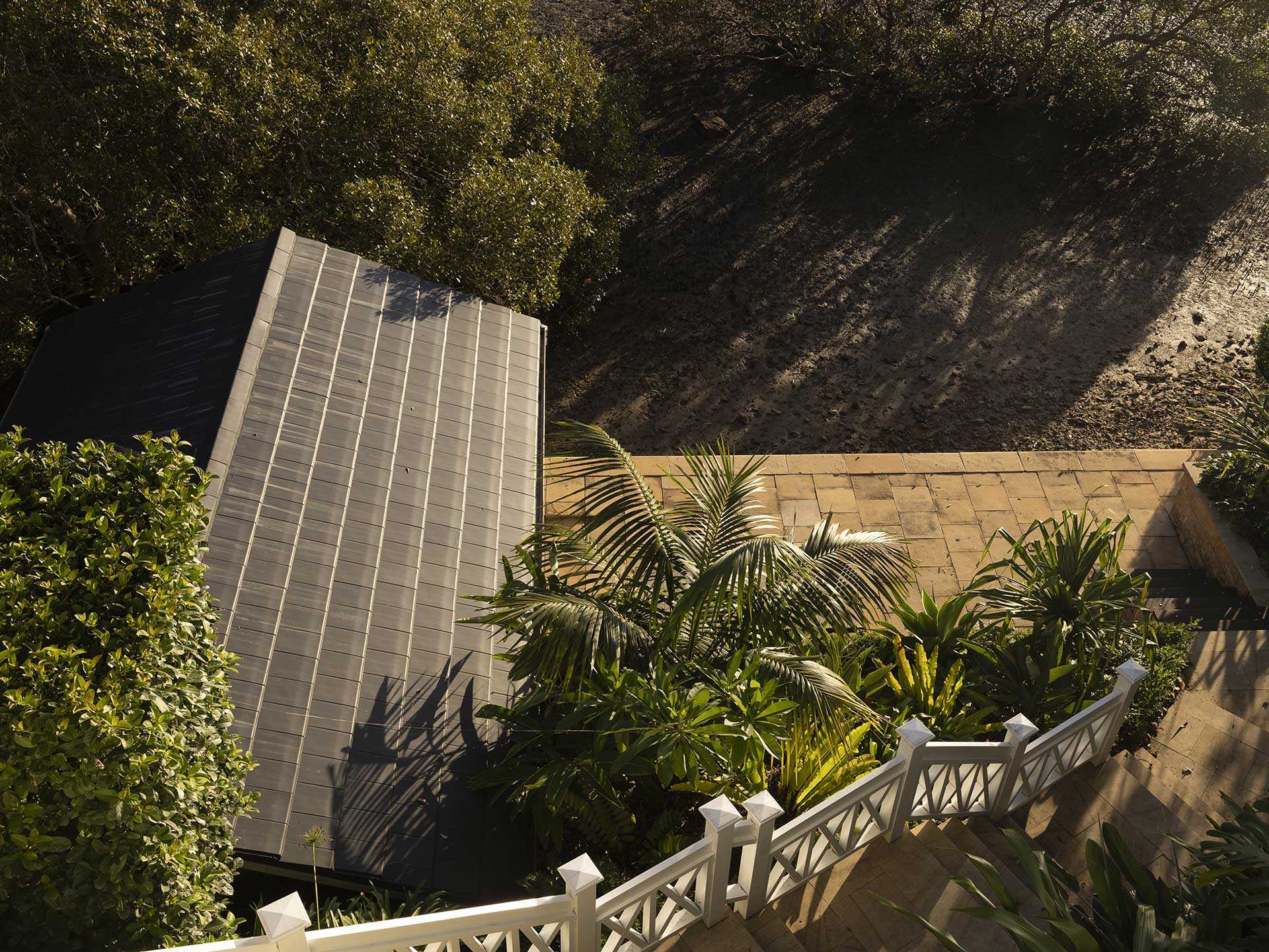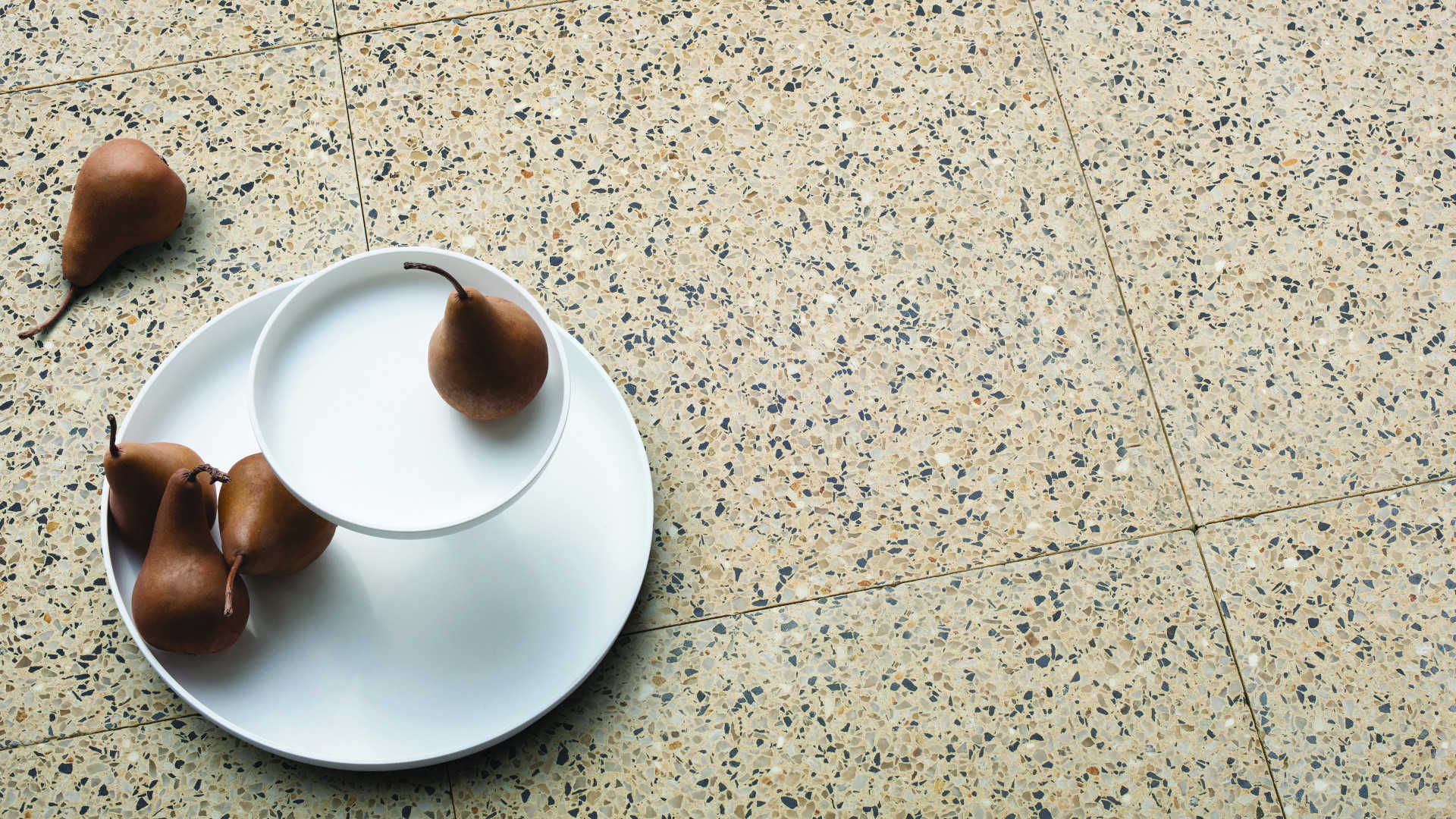
An Expert’s Guide to Six Paving Lay Patterns
Ranging from herringbone to stacked bond and many more, there are various ways to lay your pavers and achieve your desired aesthetic. This article will detail the paver formats and applications best suited to each lay pattern.
Herringbone
A herringbone lay pattern is achieved by rows of zigzagging pavers, laid in either a straight up and down or diagonal pattern. A series of L-shapers is formed by the short edge of one paver meeting the long edge of the next.
Although a traditional herringbone pattern calls for rectangular pavers of a smaller size, we recommend using larger pavers if you are trying to create a more contemporary, streamlined style. Due to the interlocking nature of the herringbone lay pattern, it is an ideal choice for driveways as it can withstand pressure and shifting movement under the tires.
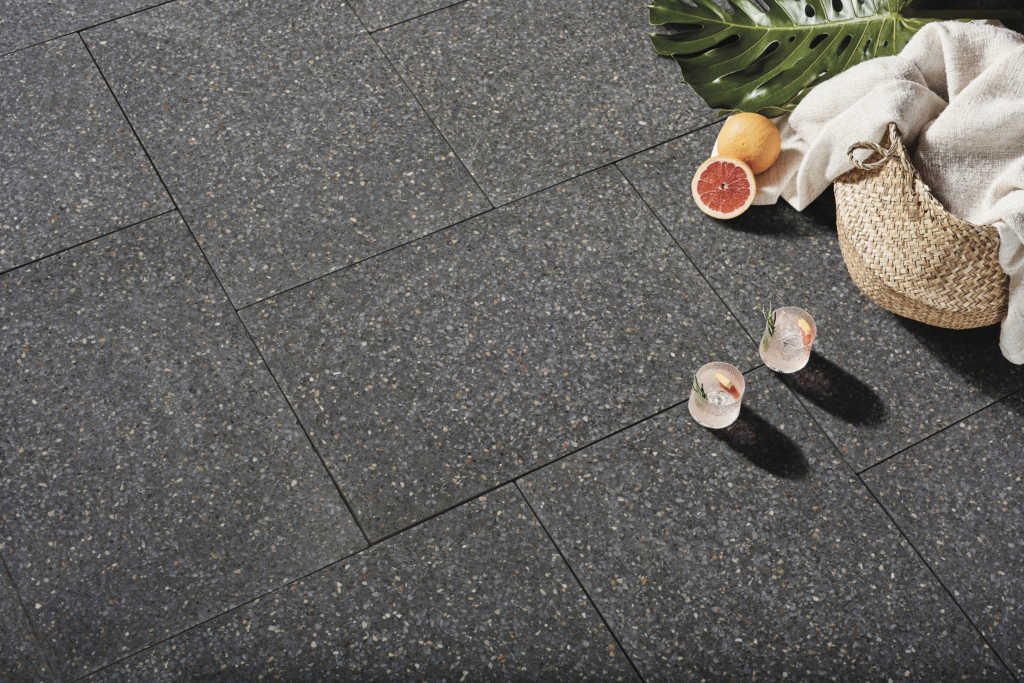
Running Bond
Popular for minimising cutting and waste is the running bond pattern. This pattern is characterised by one paver overlapping the paver joint below it, replicating a brickwork pattern. The running bond pattern also offers excellent versatility and selection when selecting the size of your pavers. While a running bond style is typically created with a single-size paver, you may also attempt it with pavers of various lengths and different widths of rows.
Curved pathways and patio areas are well-suited to the running bond lay pattern. Small rectangular pavers – ideally narrow ones – are required to achieve a curve in this pattern style.
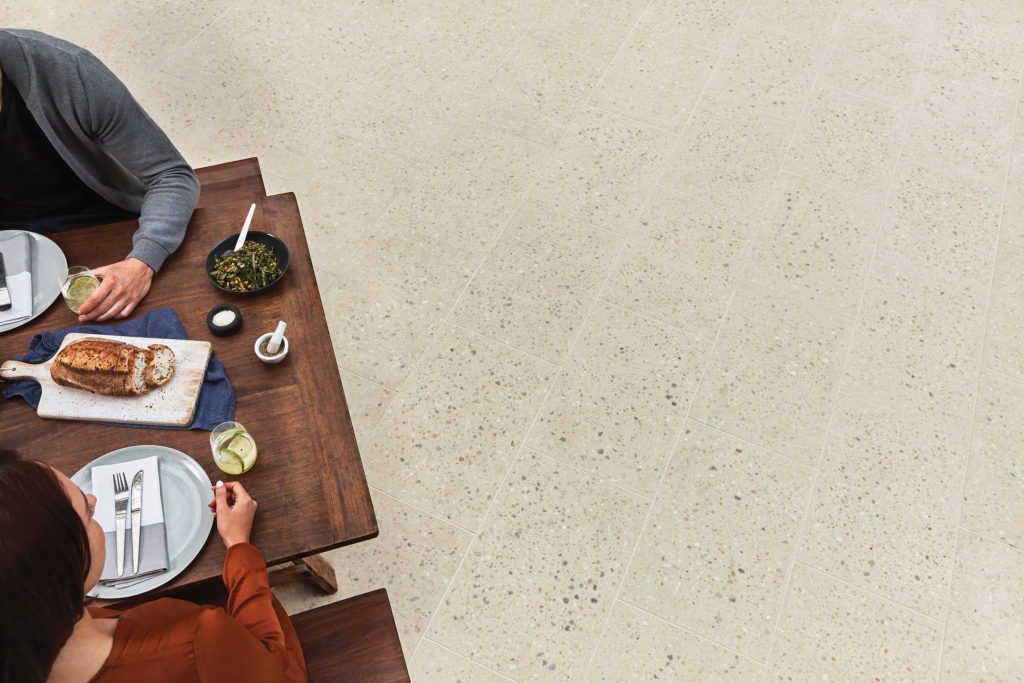
Stacked Bond
A stacked bond pattern differs from the running bond due to the absence of staggered joints. A stacked bond means pavers are positioned one on top of the next, forming a grid pattern. It is important to note that this pattern is most prone to shifting due to minimal interlocking. Therefore, it is not the ideal choice for outdoor projects. Instead, outdoor applications of the stacked bond pattern should be limited to solid and stable surfaces (for example, roof decks).
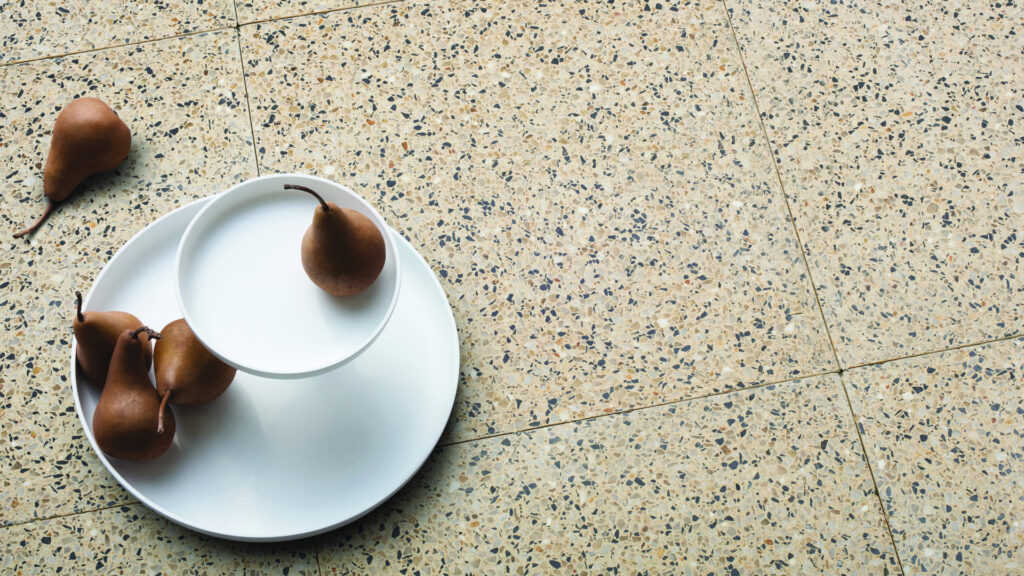
Random
Random patterns are a great way to lend a handmade and natural feel to any outdoor project. Your choice of paver will influence the various lay patterns to create a random, playful, unique look.

Basket Weave
Alternating horizontal and vertical groups of pavers in both columns and rows will result in a tile effect known as basket weave. This lay pattern adds great character to an outdoor entertaining space.
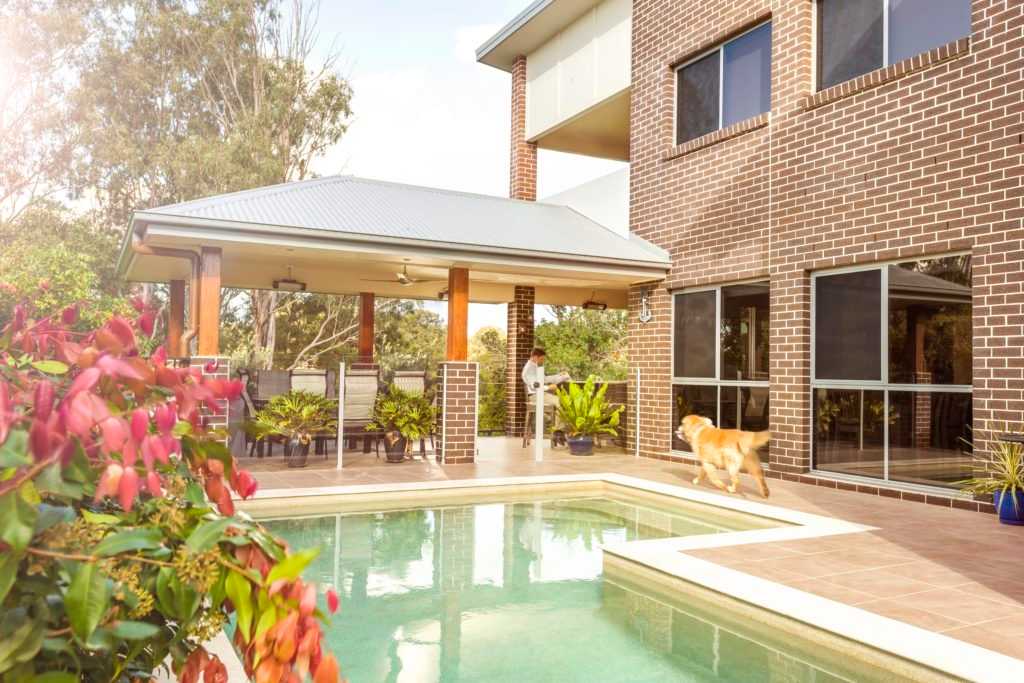
Playing with Borders
Using a paver of different finishes or colours around the edges can be a fun, vibrant way to frame your project. Implementing a border effect can be a practical and effective approach to defining areas in a large outdoor space. Alternatively, playing with borders can create cohesion where various pavers have been used, using the same border paver to tie together each area.
Selecting the correct lay pattern for your project involves balancing aesthetics with a suitable application. There are endless possibilities to inject some flair and style into any paving project.
“Ranging from herringbone to stacked bond and many more, there are various ways to lay your pavers and achieve your desired aesthetic.”
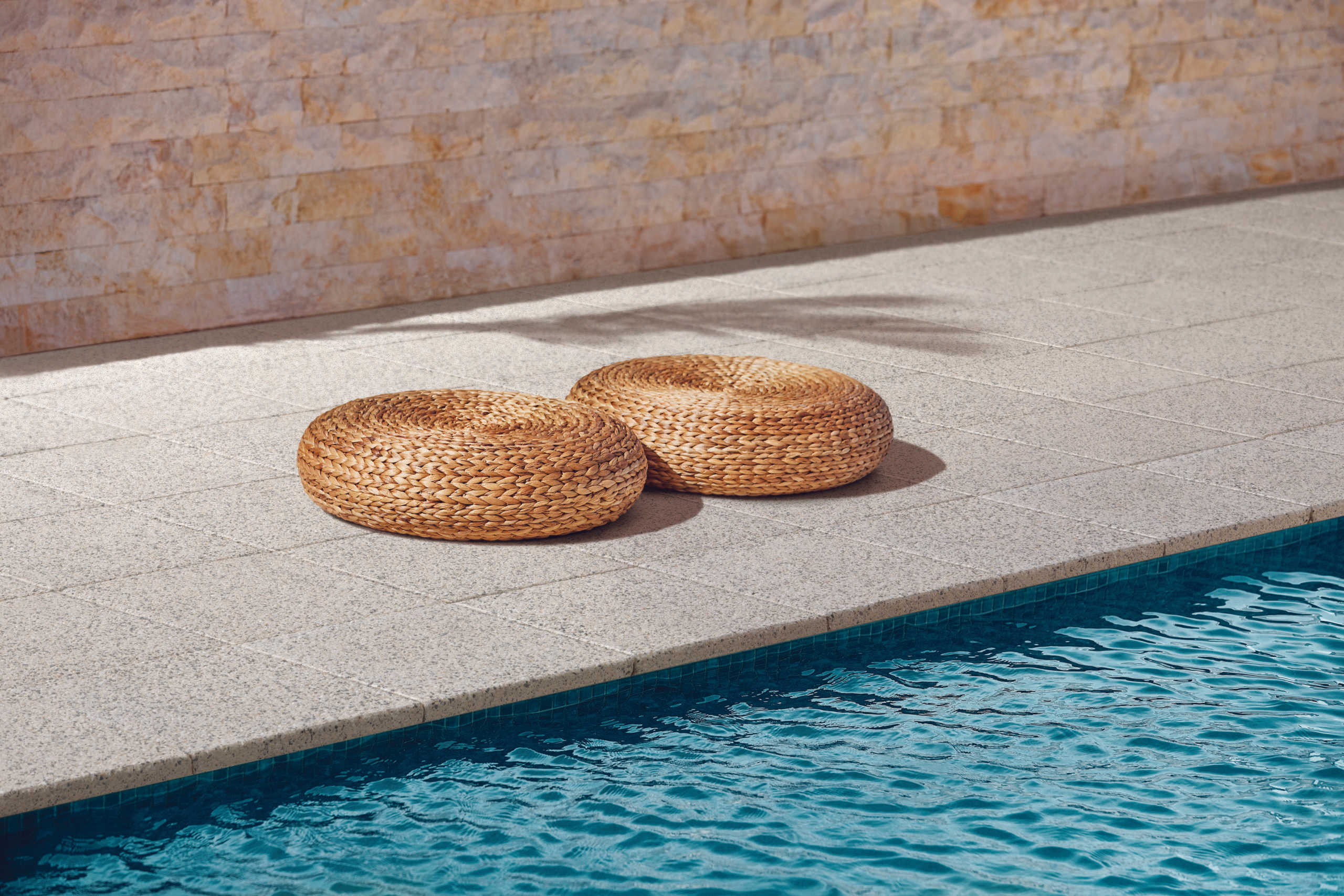
“Ranging from herringbone to stacked bond and many more, there are various ways to lay your pavers and achieve your desired aesthetic.”
Learn about our products.
Join us at an event.
